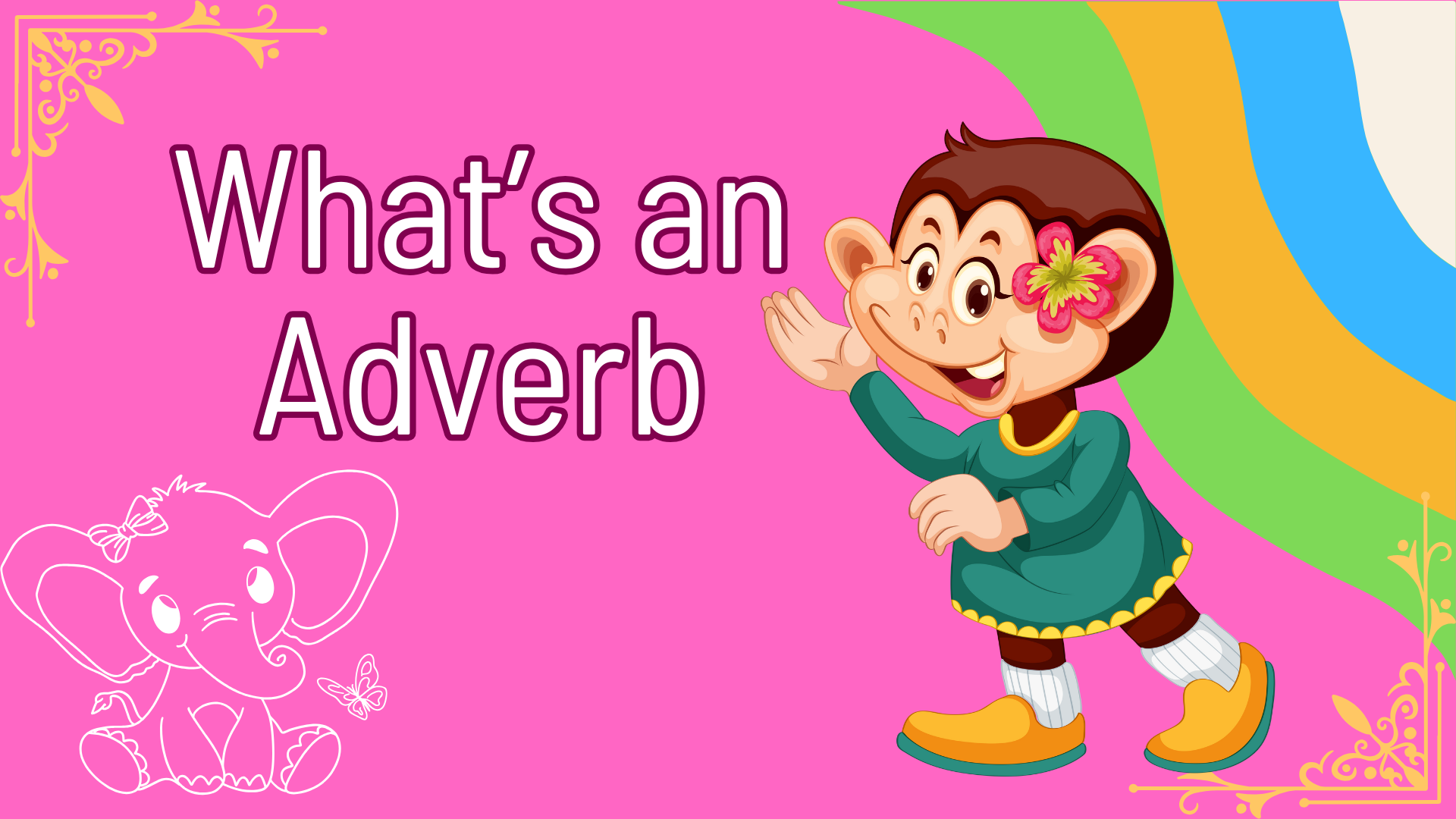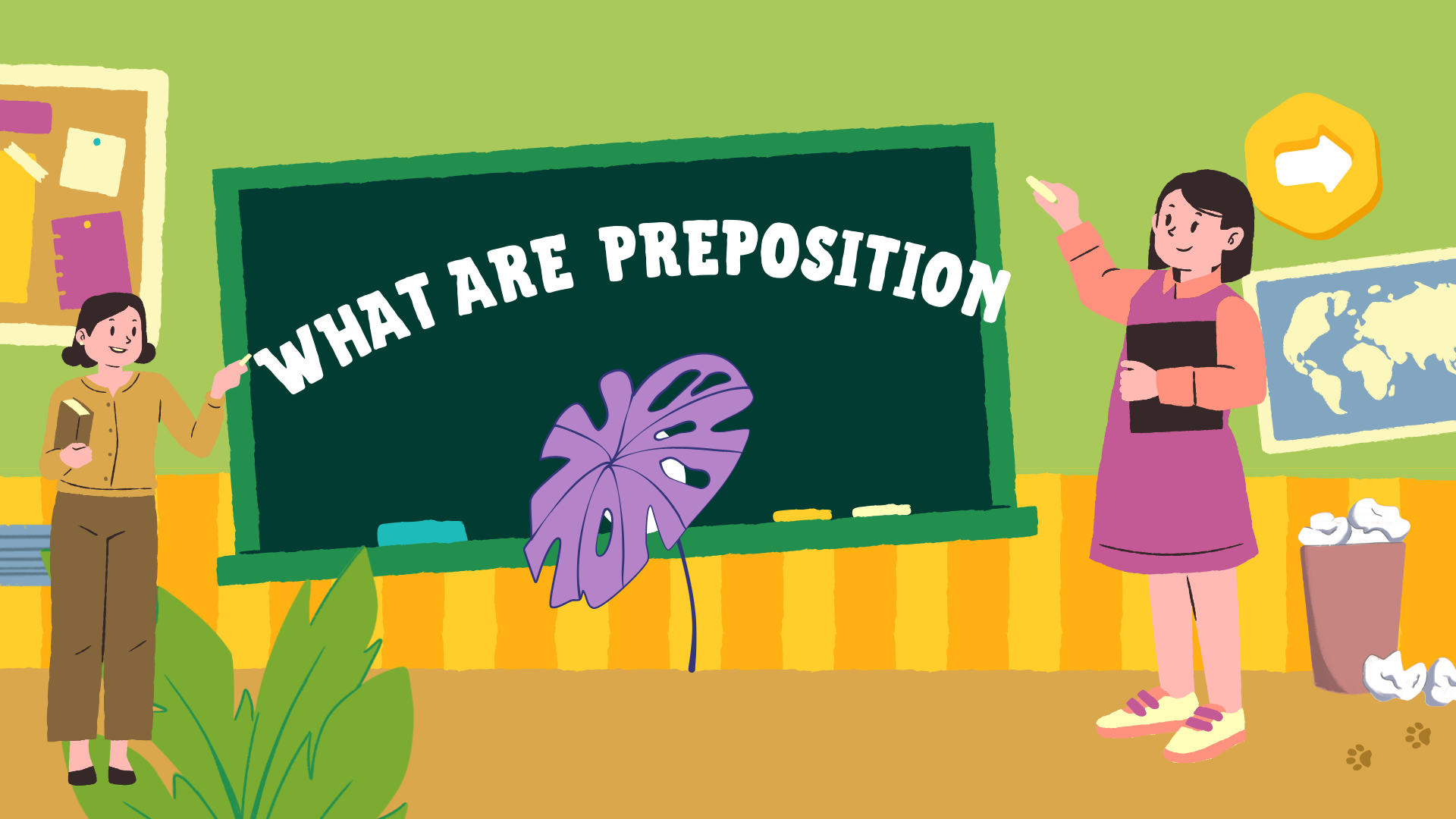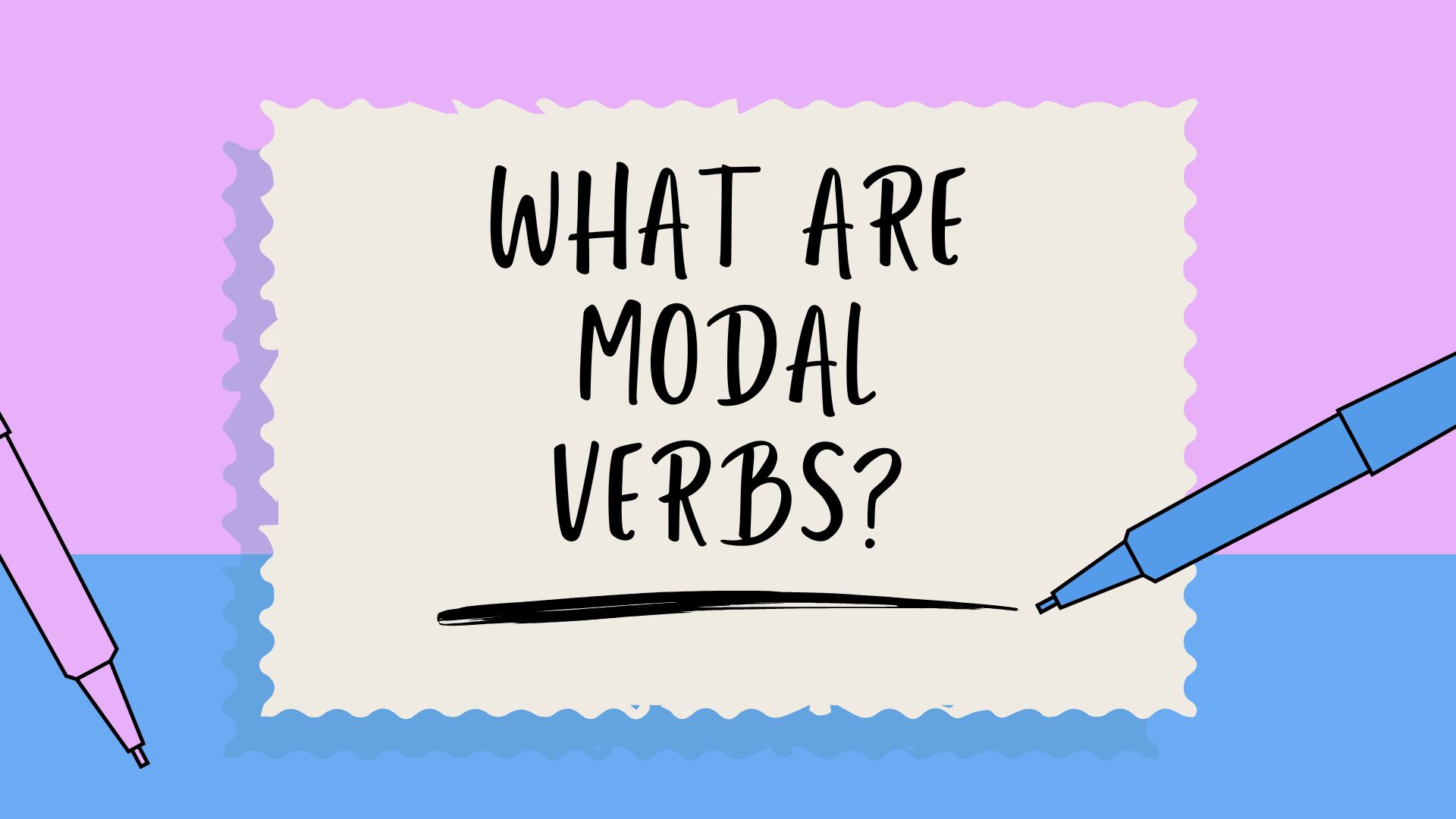What’s an Adverb? (Types of Adverbs)
In this article we discuss about What’s an Adverb? (Types of Adverbs)
Adverbs are small but powerful words that make our language more vivid. They are like spices in cooking; they add flavor and detail about how, when, where, and why actions happen. Without adverbs, our communication would be dull. In this article, we will explore the different types of adverbs. Some tell us how an action is done, while others indicate when it happens. Each type is important for understanding language. Whether you’re writing a story or improving your everyday writing, mastering adverbs will help you express your thoughts better. Let’s discover how these essential words can enhance your communication!
What is an adverb?
An adverb is a word that changes or describes a verb, adjective, or another adverb. It gives more details about how, when, where, how often, or how much something happens.
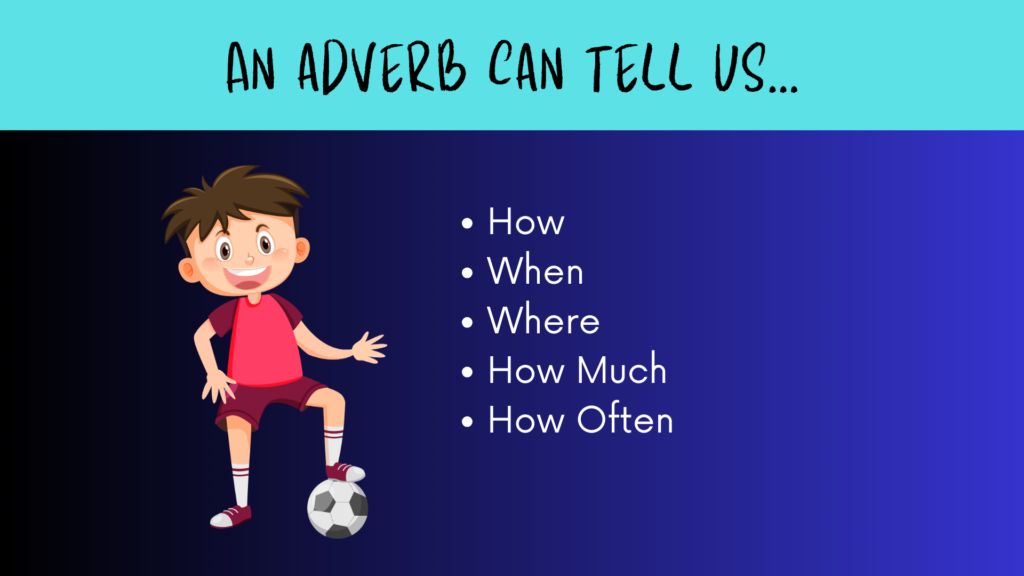
Examples:
How: She sings well. (describes how she sings)
When: He came early. (describes when he came)
Where: They searched everywhere. (describes where they searched)
How often: She visits seldom. (describes how often she visits)
Degree: The movie was very exciting. (describes how exciting the movie was)
Many adverbs end in -ly, but some do not (like well, very, too).
Types of Adverb
Here are different types of adverbs.
Adverb of Manner
Adverbs tell us how an action happens.
Example: ” She ran quickly to catch the bus.”
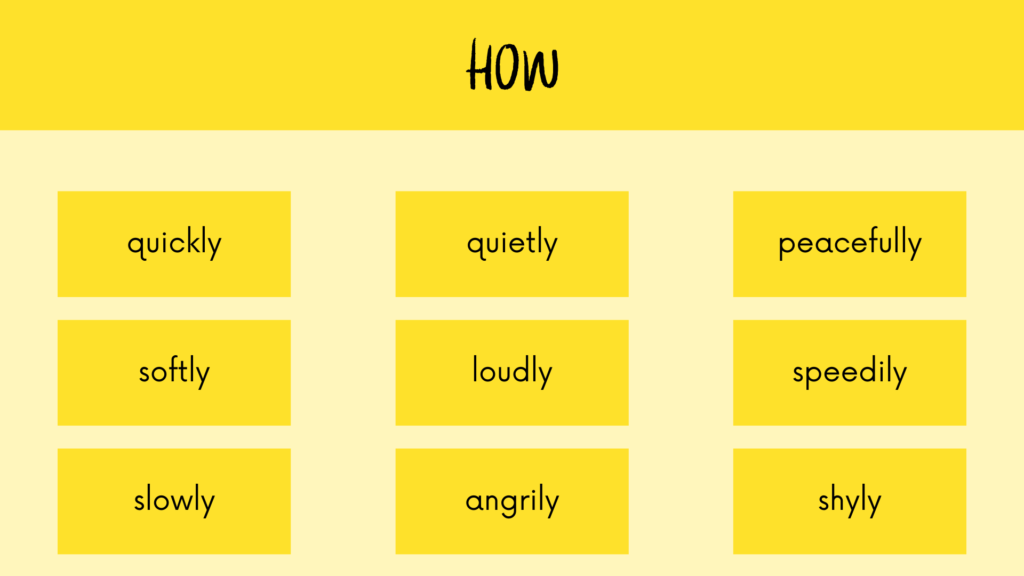
Adverbs of Time
These indicate when an action happens.
Examples: “He will arrive tomorrow.”
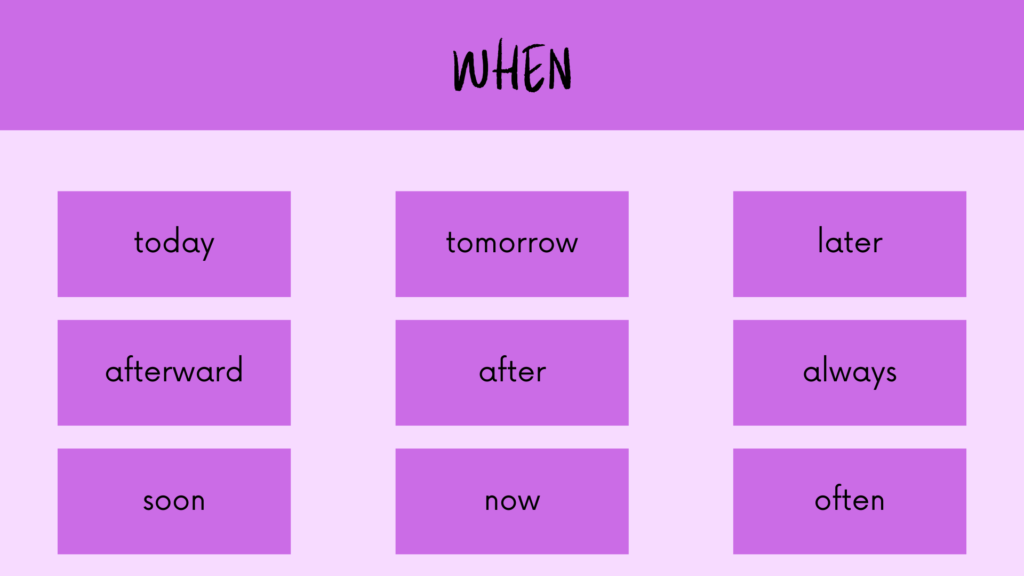
Adverbs of Place
These describe where an action take place.
Examples: “The children are playing outside.”
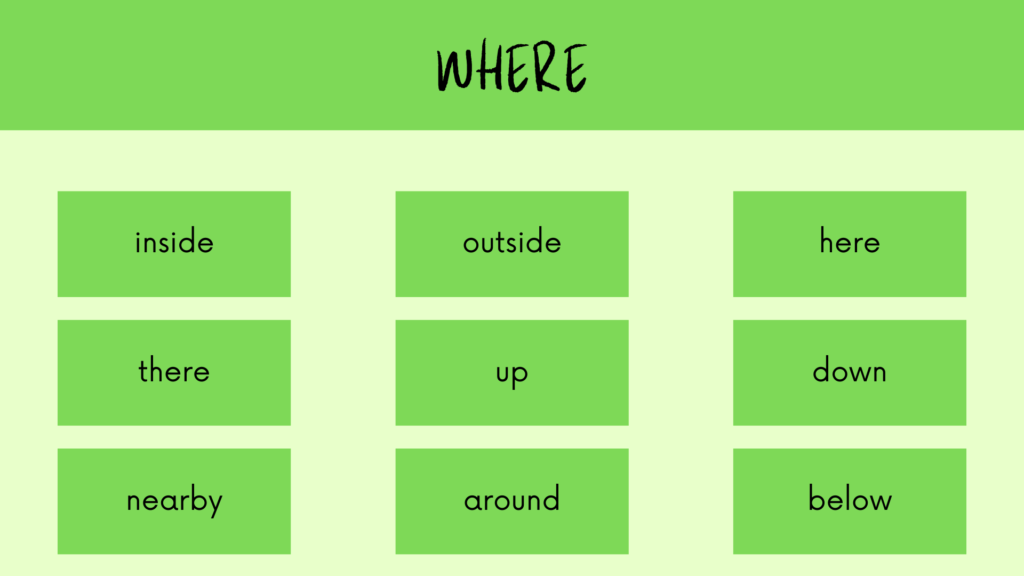
Adverbs of Frequency
These show how often something happens.
Examples: “She always wakes up early.”
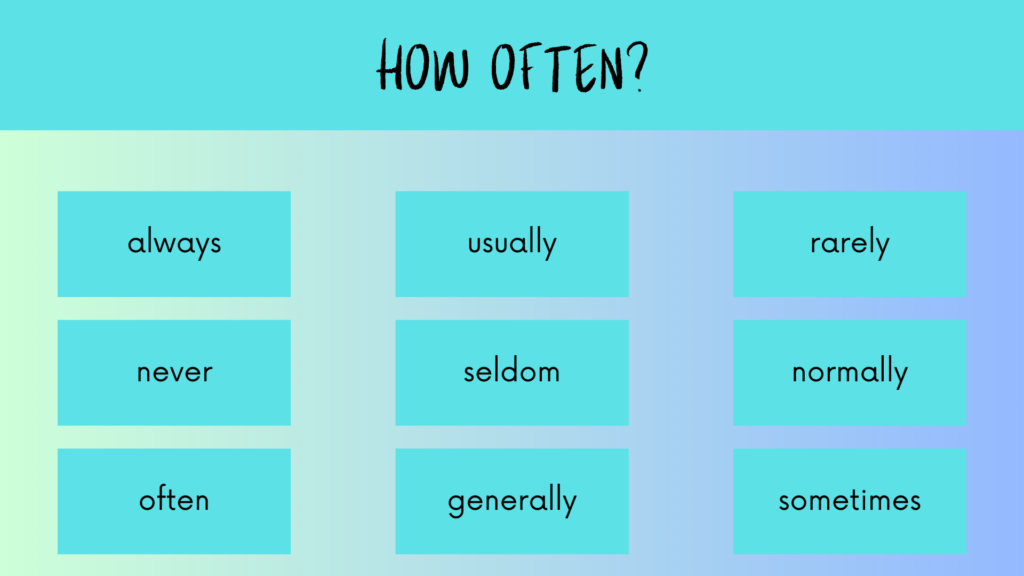
Adverbs of Degree
These describe how strong or far an action, adjective, or another adverb is.
Examples: “The soup is too hot to eat.”
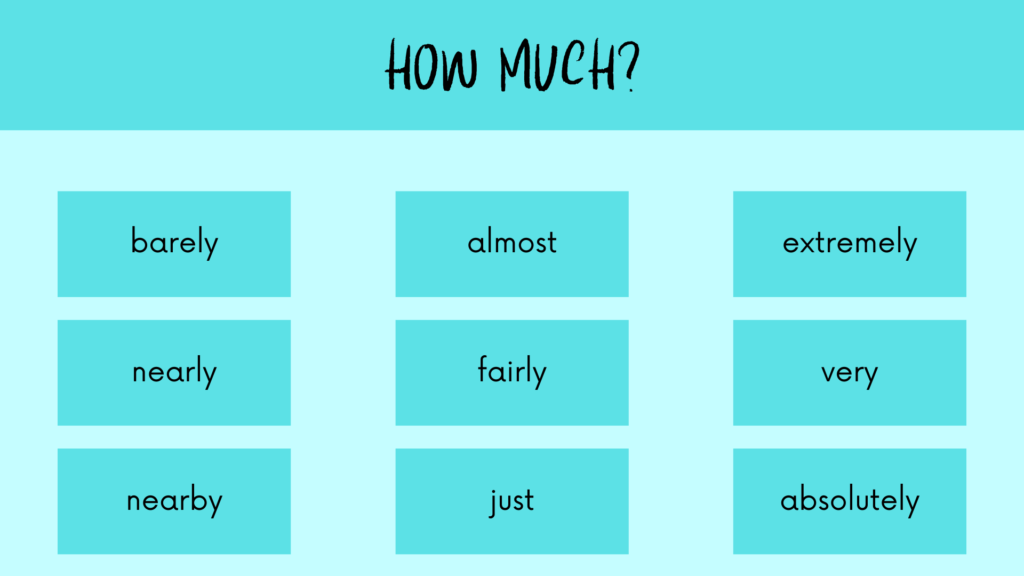
Adverbs of Certainty
These indicate how sure or likely an action is.
Examples: “She will definitely come to the party.”
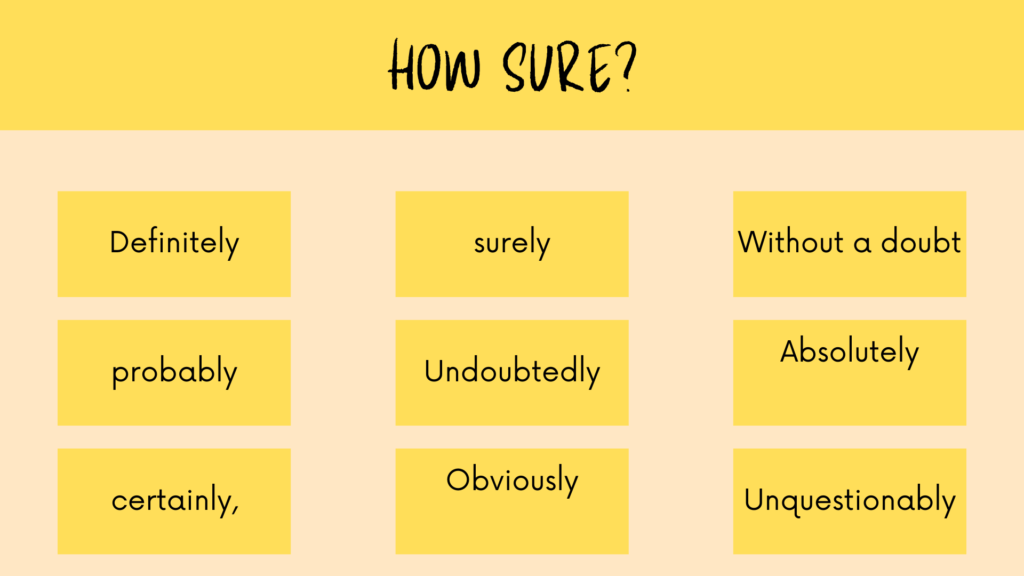
Interrogative Adverbs
These are used to ask questions about time, place, manner, or reason.
Examples How did you solve the problem?
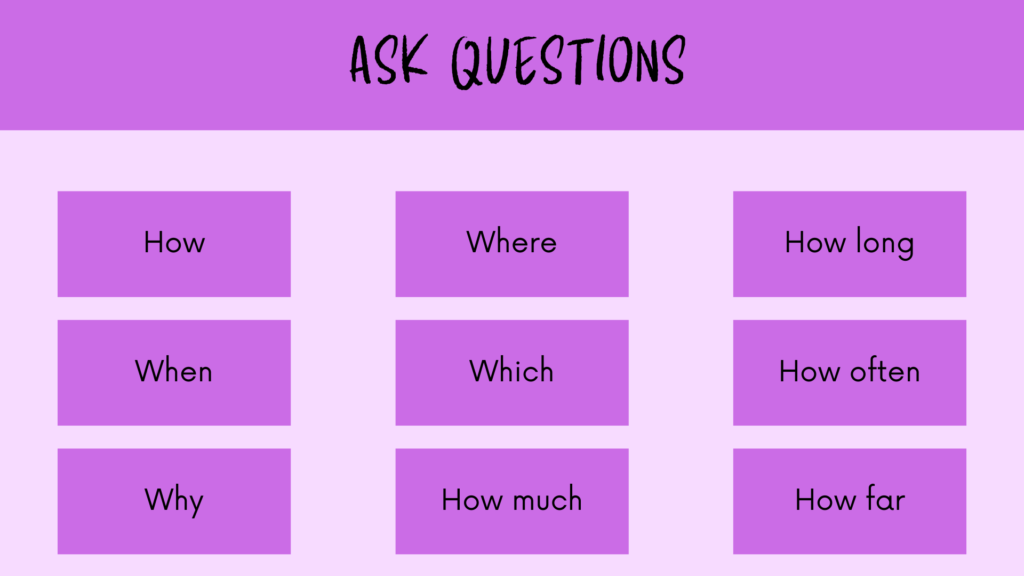
Sentences:
Highlighted words are adverbs.
1: She sings beautifully.
2: The car moves incredibly fast.
3: He runs very quickly in the mornings.
4: The children laughed loudly during the play.
5: It was surprisingly warm for October.
6: He is almost always on time.
7: They walked to the park quite slowly.
8: I can hardly wait for the weekend!
9: She is a highly talented artist.
10: The cat jumped up suddenly.
Conclusion:
In conclusion, adverbs play a crucial role in improve our language by providing more context and detail to verbs, adjectives, and even other adverbs. By understanding the different types of adverbs such as manner, place, time, frequency, and degree we can enhance our writing and communication skills significantly. These versatile words help us convey precise meanings and express nuances in our thoughts. As you continue to write and speak, pay attention to how adverbs can transform your sentences. Start experimenting with different types of adverbs today to make your language more vibrant and engaging!
FAQ’s:
1. What is an adverb?
An adverb is a word that modifies verbs, adjectives, or other adverbs, often describing how, when, where, or to what extent something happens.
2. How do I identify an adverb in a sentence?
Look for words that answer questions like how?, when?, where?, or to what degree? For example, in the sentence She runs quickly, “quickly” is the adverb modifying the verb “runs.”
3. What are the types of adverbs?
Adverbs can be categorized into several types: manner (how), time (when), place (where), frequency (how often), degree (to what extent), and purpose (why).
4. Can you give examples of each type of adverb?
Sure! Examples include:
– Manner: quickly
– Time: yesterday
– Place: here
– Frequency: often
– Degree: very
– Purpose: to learn
5. Are all adverbs formed by adding -ly?
No, not all adverbs end in -ly. While many do (like slowly or happily), some do not—like fast, well, or hard.
6. Can an adverb modify an adjective?
Yes! An adverb can modify an adjective to provide more information about it. For example, in She is very smart, “very” modifies the adjective “smart.”
7. Is there a difference between an adverb and an adjective?
Yes! An adjective describes nouns (e.g., happy dog), while an adverb modifies verbs, adjectives, or other adverbs (e.g., runs quickly).
8. How important are adverbs in writing?
Adverbs are important because they add detail and clarity to sentences, helping readers understand exactly how actions occur or how qualities apply.

